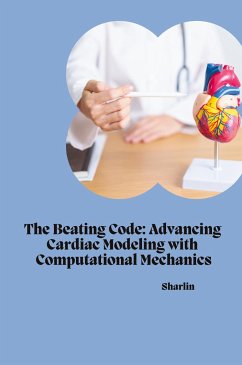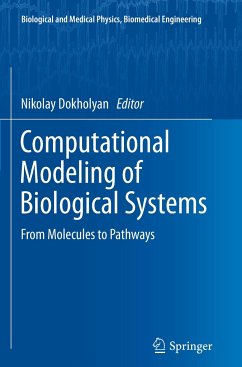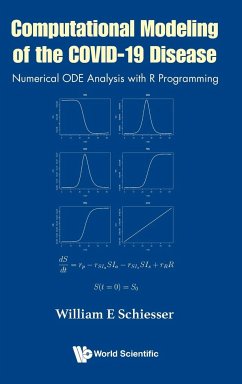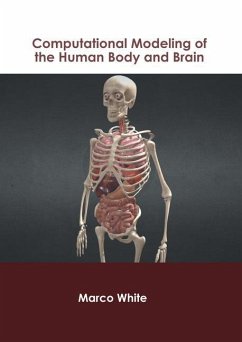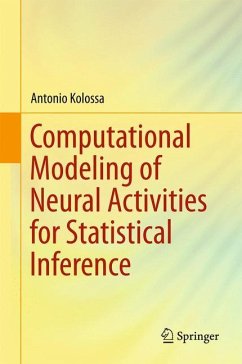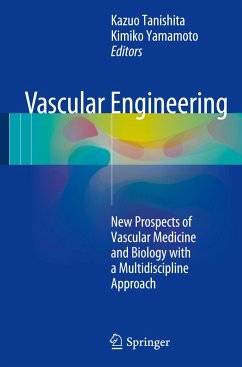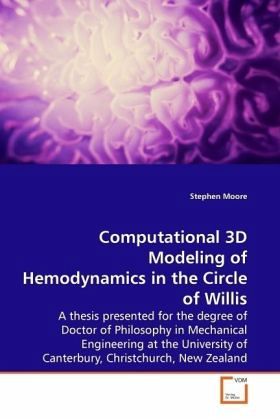
Computational 3D Modeling of Hemodynamics in the Circle of Willis
A thesis presented for the degree of Doctor of Philosophy in Mechanical Engineering at the University of Canterbury, Christchurch, New Zealand
Versandkostenfrei!
Versandfertig in 6-10 Tagen
52,99 €
inkl. MwSt.

PAYBACK Punkte
26 °P sammeln!
This book is the culmination of approximately fouryears of study obtaining my PhD in mechanical engineering, modelingblood flow in the arteries of the human brain. Coming from anengineering background I found that I had very little knowledgeof human anatomy, physiology, or medical imaging techniques.Furthermore, it seemed reasonable that there would not be many people possessing a deep knowledge of these fields, and themore engineering related fields of computational fluiddynamics and mathematical modeling. As a result this book containsreasonably detailed background information on all of the ...
This book is the culmination of approximately four
years of study
obtaining my PhD in mechanical engineering, modeling
blood flow
in the arteries of the human brain. Coming from an
engineering
background I found that I had very little knowledge
of human
anatomy, physiology, or medical imaging techniques.
Furthermore,
it seemed reasonable that there would not be many people
possessing a deep knowledge of these fields, and the
more
engineering related fields of computational fluid
dynamics and
mathematical modeling. As a result this book contains
reasonably
detailed background
information on all of the aforementioned fields, in
order to provide
the
novice with a well balanced understanding of all
aspects of this
modeling challenge. The actual body of work involves the
development of techniques to segment out the cerebral
arteries
from magnetic resonance imaging scans, and create the
computational meshes. In addition there is the
development of a
mathematical model of the physiological control
system known as
the
cerebral autoregulation mechanism, and the coupling
of this control
system to the computational fluid dynamics simulations.
years of study
obtaining my PhD in mechanical engineering, modeling
blood flow
in the arteries of the human brain. Coming from an
engineering
background I found that I had very little knowledge
of human
anatomy, physiology, or medical imaging techniques.
Furthermore,
it seemed reasonable that there would not be many people
possessing a deep knowledge of these fields, and the
more
engineering related fields of computational fluid
dynamics and
mathematical modeling. As a result this book contains
reasonably
detailed background
information on all of the aforementioned fields, in
order to provide
the
novice with a well balanced understanding of all
aspects of this
modeling challenge. The actual body of work involves the
development of techniques to segment out the cerebral
arteries
from magnetic resonance imaging scans, and create the
computational meshes. In addition there is the
development of a
mathematical model of the physiological control
system known as
the
cerebral autoregulation mechanism, and the coupling
of this control
system to the computational fluid dynamics simulations.



